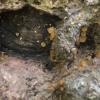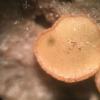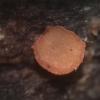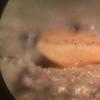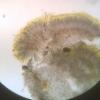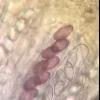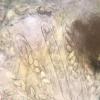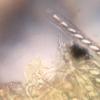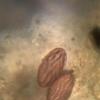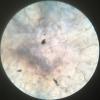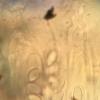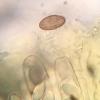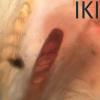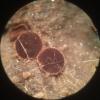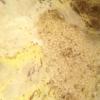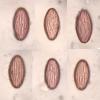
21-12-2025 09:32
Hello.A tiny ascomycete found embedded in wood in

21-12-2025 21:32
Pol DebaenstHello, Garden, Burgweg 19, Veurne, BelgiumOn 10/1

22-12-2025 23:38
Patrice TANCHAUDBonsoir, récolte sur un mur en pierre, apothéci

22-12-2025 00:47
Patrice TANCHAUDBonsoir, récolte à proximité du milieu dunaire

21-12-2025 21:40
Isabelle CharissouBonjour, j'aimerais connaitre les références de

20-12-2025 23:08
Patrice TANCHAUDBonsoir, récolte sur sol sablonneux dans l'arri�
Ascobolus on raccoon droppings
Ethan Crenson,
20-05-2019 22:07
Jacky Launoy,
21-05-2019 09:35
Re : Ascobolus on raccoon droppings
It looks like Ascobolus michaudii
Ethan Crenson,
22-05-2019 21:32
Re : Ascobolus on raccoon droppings
Thank you, Jacky. I am having some difficulty understanding the finer points differentiating A. lignatilis, foliicola, furfuraceus, michaudii. In another post on the topic on this forum François Valade comments that the brown walled excipulum cells (in michaudii & lignatilis) vs. hyaline or yellow cells (in foliicola)--but I'm not sure I'm translating these concepts properly. At any rate I have made more images, including more mature apothecia, mature spores and excipulum. Spores at maturity seem to be quite reliably 16-18 x 9µm, brown, with some branching grooves--even some that connect laterally. Q=1.93 The apothecia only reach 3-4 mm in diameter. Perhaps there is more detail here that could confirm A. michaud?
